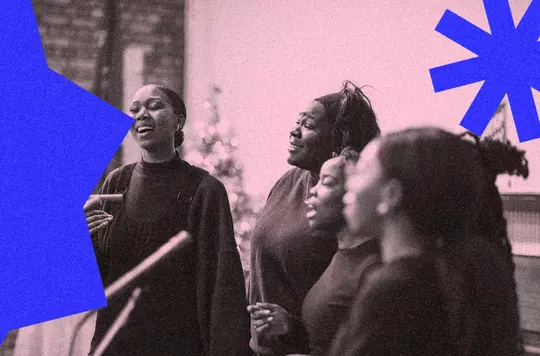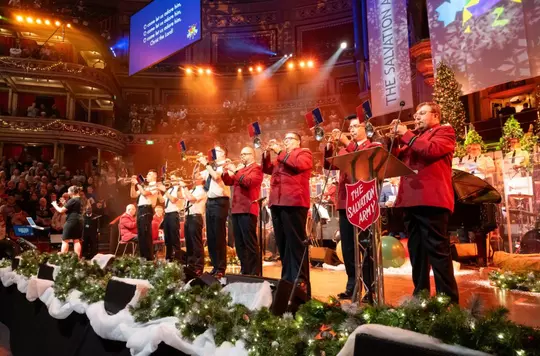Carols have, undoubtedly, propagated myths about the Christmas story which sometimes contradict the biblical versions of events. A little donkey? A mythological creature. The three kings? A fictional detail. A silent night with a little baby who ‘no-crying-he-makes’? The writer of that particular carol hasn’t quite grasped the reality of the biblical narrative, nor of parenting a newborn baby. This myth-busting is before we even begin to talk about the weather.
While ‘See, Amid the Winter’s Snow’ imagines a snow-laden Nativity scene, the chances of the first Christmas being white are somewhat slim. While snow is not unheard of in the Middle Eastern hills, the seasonal work of the shepherds, who the second verse claims leave their sheep ‘on the lonely mountain steep’, mean that the first Christmas was more likely to have taken place in the spring. But what if this isn’t really about the weather? Perhaps Edward Caswall, in writing this carol, isn’t describing meteorological conditions but the spiritual climate of the world in which the Christ child is born: the cold, sludgy, slushy depths of winter.
There’s a scene in CS Lewis’s The Lion, the Witch and the Wardrobe where Mr Tumnus laments that the state of Narnia is ‘always winter but never Christmas’. Without Christmas, winter is just dark. It’s cold. It’s harsh. Its prospects can seem pretty bleak and yet, as Caswell puts it in the third verse, it is into the dead-of-night depths of winter that a wondrous light bursts forth and announces that the lamb of God, promised from eternal years, has come. It’s a contrast that the writer of 1 John picks up when they describe how, into a world which is sinful and fragile, ‘God showed his love among us’ by sending ‘his one and only Son into the world that we might live through him’ (4:9).
This idea is at the heart of Caswall’s carol: that the ‘sacred infant, all divine’, in tender love, leaves behind the warmth of Heaven’s ‘highest bliss’ and steps down into ‘such a world as this’. God enters into the reality of the world as it is: not a picture-perfect airbrushed Christmas-card scene, but a world which can be wintery, difficult and harsh. It’s a myth to think that Christ is born only in cosy and sanitised environments but rather, he comes into the darkness of winter’s depth. This really is a ‘happy dawn’ for us too as we discover the possibility of a Saviour who is born in the winter seasons of our own lives, bringing hope even amid doom.




